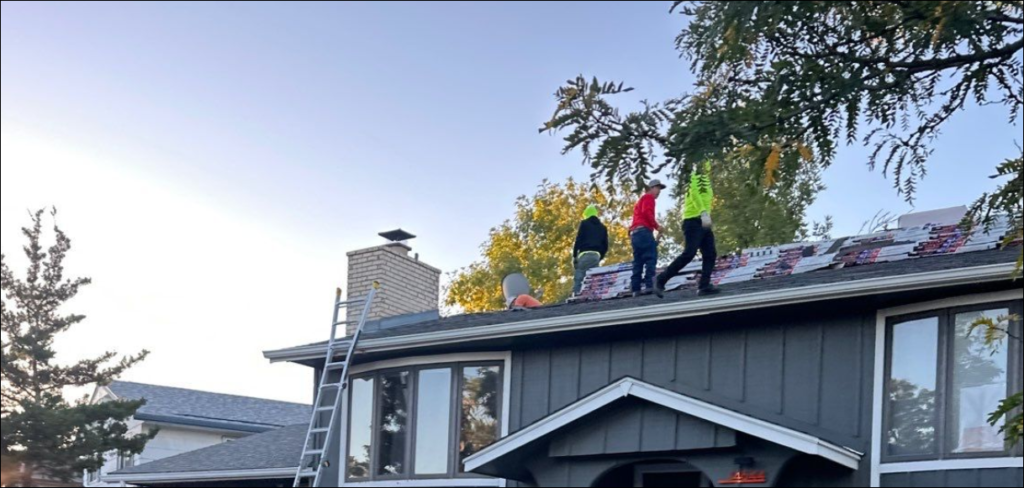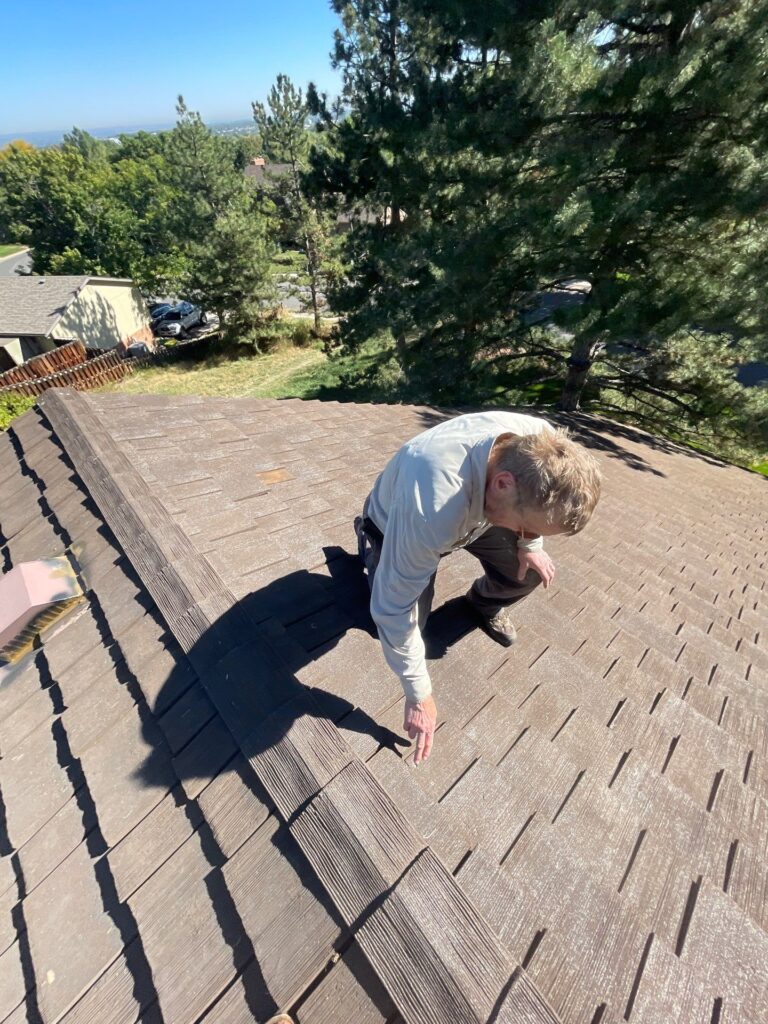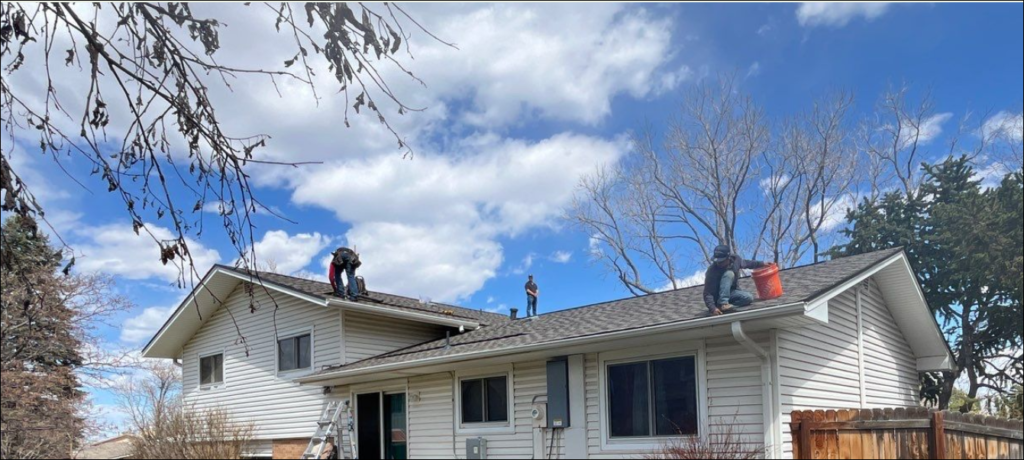Comprehensive Guide to Preparing Your Roof for Colorado’s Winter Challenges
Winter in Colorado presents unique demands on residential and commercial roofing systems. Heavy snow, ice buildup, and freezing temperatures can test the integrity of your roof. Proactive preparation ensures your home stays protected throughout the season. Follow these essential steps to safeguard your roof against the harsh winter elements.
Clear Debris to Prevent Damage
Seasonal debris such as leaves, pine needles, and branches can trap moisture and create stress points on your roof. Ice and snow can exacerbate these problems, leading to weakened shingles and clogged drainage systems.
- Effective Cleaning: Use a soft broom or leaf blower to remove debris safely. Avoid metal tools that could damage your shingles.
- Focus Areas: Pay particular attention to roof valleys and high-flow areas where water naturally collects.
- Algae or Moss Treatment: Consider professional cleaning for any green or black staining to prevent further degradation.
Removing debris enhances drainage and minimizes the risk of ice dams forming.
Inspect Shingles and Flashings for Weaknesses
A visual inspection of your roof can reveal potential vulnerabilities before winter weather exacerbates them. Use a pair of binoculars to check for:
- Missing, cracked, or curling shingles
- Flashings around chimneys, skylights, and vents that may be loose or damaged
- Signs of sagging or structural instability
Addressing these issues early can save you from emergency repairs during the coldest months.
Ensure Gutters and Downspouts Are Functioning
Clogged gutters are a leading cause of ice dams and water damage during winter. When water freezes at the edges of a roof due to inadequate drainage, it can back up under shingles, causing leaks and structural damage.
- Gutter Maintenance: Clear out debris to ensure that gutters and downspouts allow water to flow without obstruction.
- Ice Prevention: Use gutter guards or heating cables to reduce the risk of ice buildup.
- Spot Damage: Look for rusted or sagging gutters that may require replacement.
A functional gutter system directs melting snow away from your home, protecting both the roof and foundation.
Optimize Attic Insulation and Ventilation
Your attic plays a critical role in maintaining the temperature balance that protects your roof. Proper insulation and ventilation prevent heat loss that can lead to ice dams and moisture issues.
- Insulation Checks: Look for gaps, uneven distribution, or wet insulation that needs replacement.
- Ventilation Maintenance: Ensure vents are unobstructed and airflow is adequate to prevent condensation buildup.
- Pest Control: Watch for signs of nesting animals that could compromise your insulation.
Enhancing attic conditions safeguards your roof while also boosting the energy efficiency of your home.
Prevent Ice Dams Before They Form
Ice dams are a significant winter hazard in Colorado, often caused by uneven roof temperatures. Preventative steps include:
- Keeping gutters clean to allow proper water flow
- Using heat cables in areas prone to freezing
- Ensuring consistent attic insulation to maintain uniform roof temperatures
These measures help prevent the costly repairs associated with ice-related damage.
Conduct Professional Roof Inspections
A professional inspection is invaluable in identifying hidden vulnerabilities in your roof system. While a DIY inspection can spot surface-level issues, roofing contractors have the expertise to uncover structural weaknesses and recommend targeted solutions.
For expert care tailored to Colorado’s climate, consult Tried and True Roofing. As a trusted roofing contractor in Denver, they provide comprehensive roof assessments and maintenance services.
Conclusion
Proper preparation is key to protecting your roof against Colorado’s challenging winter conditions. Clearing debris, inspecting for damage, maintaining gutters, and optimizing insulation are essential steps. By investing in preventative maintenance, you can ensure the durability and performance of your roof, keeping your home safe and secure all winter long.
Comprehensive Guide to Preparing Your Roof for Colorado’s Winter Challenges Read More »




